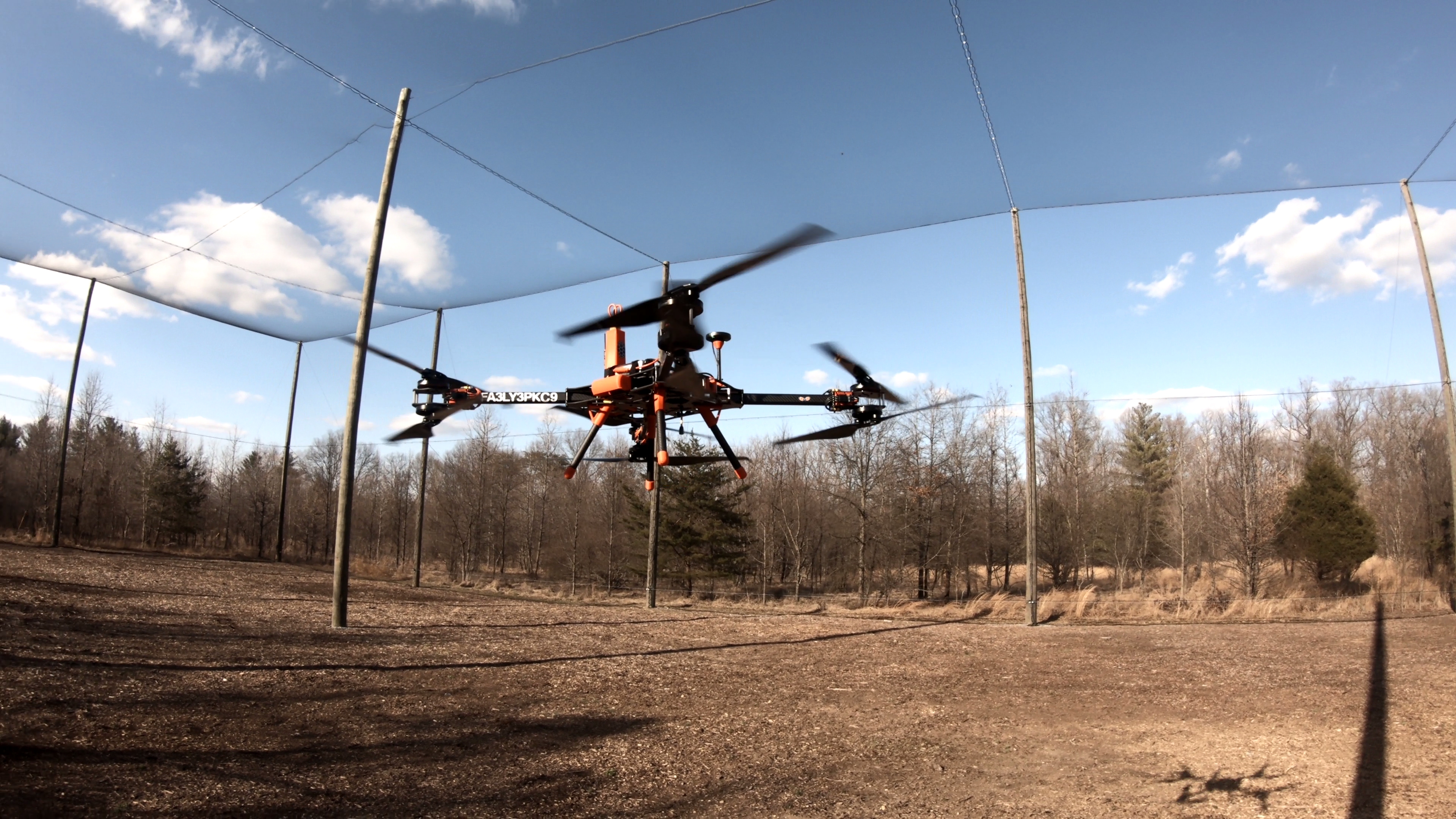When U.S. Army Research Lab needs smart robots for complex environments
When fighting besieged the Ukrainian city of Severodonetsk in June, 12,000 residents sought shelter in bunkers beneath a chemical plant. Racing against time and deteriorating conditions, U.N. humanitarian officials were essentially blind, unable to reliably determine the civilians’ well-being or a secure route to safety.
 But what if, in situations of heavy fire, robots could provide eyes on the ground? New technology currently underway through a research partnership between the U.S. Army Research Lab (ARL), University of Maryland, College Park, and University of Maryland, Baltimore County might soon make that a possibility. The cooperative agreement known as ArtIAMAS establishes a cross-institutional, multidisciplinary collaborative for developing safe, effective autonomous systems that assist humans by mitigating some of the dangers found in complex environments, from search-and-rescue operations to military engagements.
But what if, in situations of heavy fire, robots could provide eyes on the ground? New technology currently underway through a research partnership between the U.S. Army Research Lab (ARL), University of Maryland, College Park, and University of Maryland, Baltimore County might soon make that a possibility. The cooperative agreement known as ArtIAMAS establishes a cross-institutional, multidisciplinary collaborative for developing safe, effective autonomous systems that assist humans by mitigating some of the dangers found in complex environments, from search-and-rescue operations to military engagements.
Spanning expertise in engineering, robotics, computer science, operations research, modeling and simulation, and cybersecurity, researchers are developing game-changing advancements towards a future where robots work not just with each other, but independent of humans—for example, small robots that navigate piles of rubble or squeeze through tight spaces to locate signs of life and establish communication, or aerial drones that perceive on-the-ground terrain and relay a reliable pathway to a rover below. “This is a big partnership with an ambitious vision: We want to change the world by quickly getting AI and autonomy into the hands of the people who need it,” says Maryland Engineering Professor Derek Paley, lead researcher on the agreement. “ARL is looking for cooperative research, but also something bigger. For an academic partnership, this is really unique.”
 Off the battlefield, the technology has almost limitless applications. Advancements in aerial drones coupled with pathfinding robotics and swarm technology could help quickly locate people that go missing in dense areas; AI and autonomous robots could revolutionize the delivery of goods, ensure the welfare of an aging parent, or simply help locate your missing car keys. “In many ways what ARL is supporting is pushing these technologies to the next level,” says Distinguished University Professor Dinesh Manocha, co-lead researcher on the agreement. “Once developed, they will have tremendous applications, including home robots, social robotics, autonomous driving, use of robots for construction and repair, delivery services, and more.”
Off the battlefield, the technology has almost limitless applications. Advancements in aerial drones coupled with pathfinding robotics and swarm technology could help quickly locate people that go missing in dense areas; AI and autonomous robots could revolutionize the delivery of goods, ensure the welfare of an aging parent, or simply help locate your missing car keys. “In many ways what ARL is supporting is pushing these technologies to the next level,” says Distinguished University Professor Dinesh Manocha, co-lead researcher on the agreement. “Once developed, they will have tremendous applications, including home robots, social robotics, autonomous driving, use of robots for construction and repair, delivery services, and more.”
Under the new partnership, ARL is funding the research work of faculty, postdocs, and more than 100 students. The funding to-date has fortified existing programs and established new ones, including the new ARL Summer Student Team Research, a program geared towards students underrepresented in STEM that was so in-demand, two cohorts were established—one at College Park and one at Baltimore County. “ARL has many accomplished scientists, engineers, and researchers, but what they don’t have—that we do— is students,” says Paley. “They are heavily invested in creating student opportunities and developing tomorrow’s research workforce.”
Building a more intuitive robot
Adarsh Jagan Sathyamoorthy (M.Eng. ’09) pays a lot of attention to little decisions. Whether maneuvering through a crowded room or decelerating his car over a speed bump, Sathyamoorthy is acutely aware that his intuition can help him not just navigate the world, but also build a better robot.
“We take minute decisions for granted that, for a robot, would be difficult to make,” he says. “In a car, humans are more likely to pick smooth asphalt over off-roading; on foot, they might take a shortcut across grass but know better than to walk across a flowerbed. We’re trying to give a robot that same intuition and perception.”
Sathyamoorthy worked professionally in robotics before enrolling in Maryland’s flexible Professional Master of Engineering program offered through Maryland Applied Graduate Engineering. As a M.Eng. student, he worked with Paley to develop guidance, navigation, and control system prototypes that enable autonomous aerial package delivery. Today as a Ph.D. student, he specializes in robot navigation in unstructured environments. Under Manocha's mentorship and together with other students, they have developed a ground robotic system that can navigate uneven terrains and remain upright; another project tackles different surfaces, with robots intuitively deciding to speed up or slow down, or identifying preferred paths based on surface type. Next up for the team is a legged robot able to climb stairs and new perception technologies that can differentiate between pliable vegetation that can be traveled through (like tall grass) and non-pliable vegetation (like a tree trunk).
“Through these partnerships, the University of Maryland is doing fundamental research on very hard problems,” adds Manocha. “The result is that we’re creating students with the skills in AI and robotics that are in demand for taking on tomorrow’s big challenges.”
Top